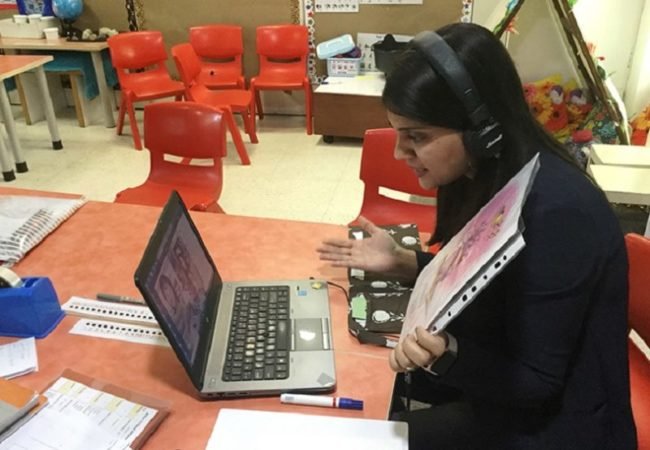Lessons education sector can adopt from COVID-19

Every house is a school and every parent a teacher, as the COVID 19 pandemic has shut down schools globally putting 1.2 billion children out of classrooms. The ‘playtime’ and ‘me’ time has merged with school time, leaving no boundary between the classroom and the bedroom. India has nearly 300 million kids in 1.4 million schools and 51,000 colleges. While almost 70% of the schools are run by government bodies, it is the opposite in the higher education space. As the days pass by with no immediate solution to stop the outbreak of COVID 19, school and university closures will not only have a short-term impact on the continuity of learning for the young learners in India but also engender far-reaching economic and societal consequences. As a result, education has changed dramatically, with the distinctive rise of e-learning, whereby teaching is undertaken remotely and on digital platforms. Research suggests that online learning has been shown to increase retention of information, and take less time, meaning the changes coronavirus have caused might be here to stay.

With the sudden shift from classroom to the online platform, people are wondering if these changes will persist post-pandemic as well. Even before COVID-19, there was already high growth and adoption in education technology, with global education technology investments reaching 18.66 billion USD in 2019 and the overall market for online education projected to reach 350 billion USD by 2025. Whether it is language apps, virtual tutoring, video conferencing tools, or online learning software, there has been a significant surge in usage since COVID-19. In response to the significant demand, many online platforms like BYJU’s, a Bengaluru based unicorn, are offering free access to their services. BYJU’s reportedly had an increase of 200% new students ever since it announced the free LIVE classes. Similarly, Tencent education, a China-based company, had the biggest online movement in China with approximately 730,000 students attending LIVE classes via its online mode. Some school districts are forming unique partnerships to offer local educational broadcasts, with separate channels focused on different ages, and a range of digital options. I believe that online education will become an integral component of school education as it has a capacity for not only expansion but significant benefits as well.
The pandemic has transformed centuries-old chalk – talk teaching model to one driven by technology. This is pushing the policymakers to figure out how to drive engagement at such scale while ensuring inclusive e-learning solutions and tackling the digital divide. For those who do have access to the right technology, there is evidence that learning online can be more effective in a number of ways. Some research shows that on average, students retain 25 – 60% more material when learning online compared to only 8-10% in a classroom. There are, however, challenges to overcome. Some students without reliable internet access and/or technology struggle to participate in digital learning; this gap is seen across countries and between income brackets within countries. A multi-pronged strategy is needed to build a resilient education in the future. Immediate measures are essential to ensure continuity of learning in government schools and universities followed by inclusive learning solutions for the most vulnerable and marginalized communities. The rapid increase in mobile internet services across the nation is sure to enable ubiquitous access and personalized education in the remotest parts of the country. Immediate measure and strategies are required to mitigate the effects of this pandemic on the job offers, internship programs and research projects. This can be done by preparing the higher education sector for the evolving demand-supply trends across the globe. It is also important to reconsider the current delivery and pedagogical methods in school and higher education by seamlessly integrating classroom learning with e-learning modes to build a unified learning system by establishing quality assurance mechanisms and quality benchmark for online learning.

A well rounded and holistic approach is needed during this time which includes not just the use of modern technology to provide education and enrich the young learners, but also capacity building to drive employability, productivity and well – being in the decades to come. It is clear that this pandemic has utterly disrupted an education system that many have asserted was losing its relevance. Online learning seems to be the catalyst to create a new, more effective learning system for educating the students. While some worry that the hasty nature of the transition online may have hindered this goal, others plan to make e-learning part of their ‘new normal’ after experiencing the benefits first-hand. Major world events are often an inflexion point for rapid innovation. We have yet to see whether this will apply to e-learning post-COVID-19 as it is one of the few sectors where investment has not dried up. The pandemic has made one thing very clear what is the importance of disseminating knowledge across borders, companies, and all parts of society. If online learning technology can play a role here, it is incumbent upon all of us to explore its full potential.


















